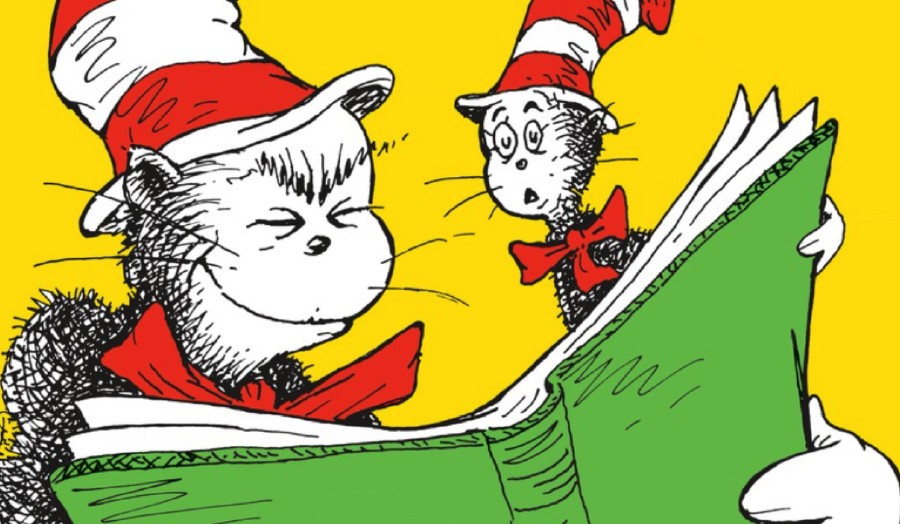Roald Dahl and Dr. Suess have come under attack in a new Australian study on gender equity in early childhood picture books.
A recent study by Helen Adam from Cowan University found that children’s books severely lack diversity. The study, titled Gender equity in early childhood picture books: a cross-cultural study of frequently read picture books in early childhood classrooms in Australia and the United States, found popular kids’ books, including those by authors Roald Dahl and Dr. Seuss, perpetuate outdated stereotypes that in no way reflect families today.
24 educators partook in the study in Western Australia and selected the 12 most-read picture story books in the kindergartens over a five-day observation period. The study found that about 90 per cent of the books fell short of representing multicultural Australia fairly.

In a recent chat with sunrise, Helen Adam said, “Today’s children deserve today’s books, many popular kids’ books were written last century. We currently have about 25 per cent of kids in Australia who very rarely see someone like them or their family reflected in a book,”
Adams went on to say: “Purely and simply this research shows, there’s a lack of representation of boys and girls in non-traditional gender roles in these books. Book characters provide role models and implicit definitions of masculinity and femininity for children, and can have “a long-term influence on children’s gender development because they communicate cultural and social norms to children.”
“The negative effects of poor representation are further exacerbated in children belonging to ethnic minority groups. This can contribute to children from these families and backgrounds feeling excluded or marginalised.”
This is ABSURD. How the hell is “Hairy Maclary”, “The Hungry Caterpillar” & other children’s literature too “white middle class society”? Dr Helen Adam from Edith Cowan University needs to stay away from our treasured books.
— Catherine (@catherine___c) May 30, 2022
Dr Adams has caused quite an upstir with her study, Twitter is not happy. Someone even called her study privileged and biased. Regardless of what Twitter thinks, there is a genuine need to diversify reading material in schools.
🌈 It’s Pride Month 🌈
There’s been some discussion this week about the lack of diversity in children’s books – but not in this house!
We celebrate being yourself unapologetically & we push against gender & other stereotypes. We’ve had our finger on the pulse for a long time! pic.twitter.com/CfkER5ojX8
— Larrikin House (@LarrikinH) June 1, 2022
The onus is clearly on everyone to cultivate a healthy change in what is being read to the next generation in pre-schools and schools across the board, not just at home with parents, but also book store owners and public libraries to make sure that diversification within early learning books is evenly spread, after all, to educate the public, you also have to take practical measures to bring about change.
Here are some of our fav children’s books.



